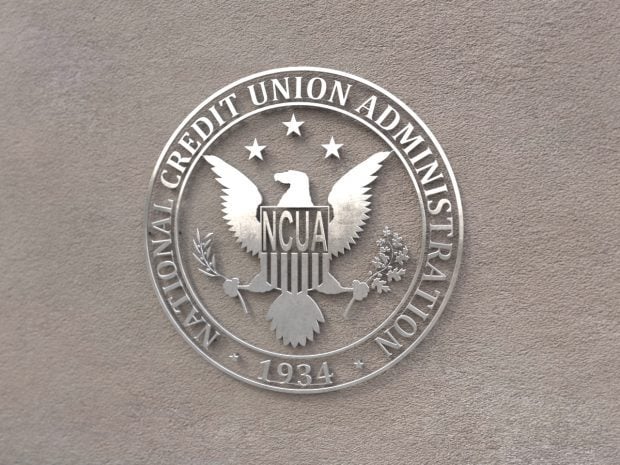The Federal Home Loan Banks want to be included in the NCUA's pending final emergency liquidity rule, according to a Jan. 31 letter to NCUA Board Chairman Debbie Matz and Board Member Michael Fryzel signed by the 12 FHLB presidents.
The proposed rule requires credit unions with more than $100 million in assets to establish emergency liquidity relationships with one of two providers, the NCUA's Central Liquidity Facility or the Federal Reserve's discount window.
The FHLB system “has demonstrated time and again that it can and will provide liquidity to its member institutions even in times of financial emergency and distressed economic circumstances,” the bank presidents wrote in a Jan. 31 letter, which was also delivered to NCUA Executive Director Mark Treichel and Director of Examination and Insurance Larry Fazio.
The banks “played a leading role, beginning in 2007, in providing liquidity to their member financial institutions. During the fiscal crisis that began that year, the FHLBs reliably supported their credit union members,” the letter said, specifically citing liquidity provided to Members United Corporate FCU and U.S. Central FCU during that time period.
John von Seggern, president/CEO of the Council of Federal Home Loan Banks, said the letter was prompted by the system's 900 credit union members.
“They are encouraging us to make sure we are active in this process,” von Seggern said. “The NCUA is going through the rules process and we want to make them understand we will, have and can provide the liquidity our members need.”
The NCUA said last July 24 when it introduced the proposed rule that while the FHLBs are a good source of regular liquidity, they aren't appropriate emergency liquidity providers.
“FHLB is certainly one way a credit union can diversify to guarantee a smooth flow of funding for ordinary operations,” the NCUA said in its board memorandum. “The board recognizes, however, that the FHLBs are private institutions which are not obligated, and may not be able, to meet emergency liquidity demands in the same way the discount window and CLF are statutorily designed to do.”
Von Seggern said he strongly disagrees with the NCUA.
“We access the markets, including global markets, and increased lending by $400 billion in 2008,” he said. “We did not have a liquidity problem. The entire market was tough, granted, but you can't go from lending $700 billion to over $1 trillion with liquidity problems. The Treasury wouldn't allow that.”
CUNA Chief Economist Bill Hampel said because failed collateral was an issue during the last liquidity crisis, CUNA has discussed with the NCUA the potential to require credit unions that use an FHLB as a source of emergency liquidity to keep more than adequate capital, so that after a substantial haircut, the FHLB would not be restricted on its lending.
During the liquidity crunch, corporate credit unions struggled to provide collateral for borrowings because of the reduced value of their collateral, mortgage-backed securities.
Von Seggern echoes what the FHLB presidents said in their letter–that regulations state they can make advances to members without positive tangible capital if the member's insurer requests the advance in writing and the FHLB transmits that request to the FHFA.
“What we're trying to demonstrate is how willing we are to work with [credit unions] and serve their needs,” he said. “If the NCUA would ask us to lend to a credit union that lacked collateral, we will lend. And, if they suggest we not lend to a credit union, we will defer to the regulator.”
CUNA Deputy General Counsel Mary Dunn said Feb. 4 during a press call that its questionable the NCUA Board will change its final emergency liquidity rule to include Federal Home Loan Banks.
NCUA Public Affairs Specialist John Fairbanks said the NCUA is reviewing all comments regarding the proposed rule and added that staff members plan to present options and recommendations to the NCUA Board sometime this year. He would not say if the NCUA was considering adding FHLBs to the final rule.
Von Seggern said his organization has met with the NCUA to discuss the rule. When asked if he thinks the regulator is open to modifying the rule to include FHLBs, he said the two sides are attempting to work through the issues.
“We just want to make sure there is a good understanding because it appears there is not a full understanding between us and them,” he said. “By sending letter with all 12 presidents signing, I think it showed them that we are there, we want to work with our members and their regulator and make sure they can get access to liquidity when they need it.”
He added that the council is not opposed to the NCUA's Central Liquidity Facility but rather just wants to be included in the rule as an option.
© 2025 ALM Global, LLC, All Rights Reserved. Request academic re-use from www.copyright.com. All other uses, submit a request to [email protected]. For more information visit Asset & Logo Licensing.







